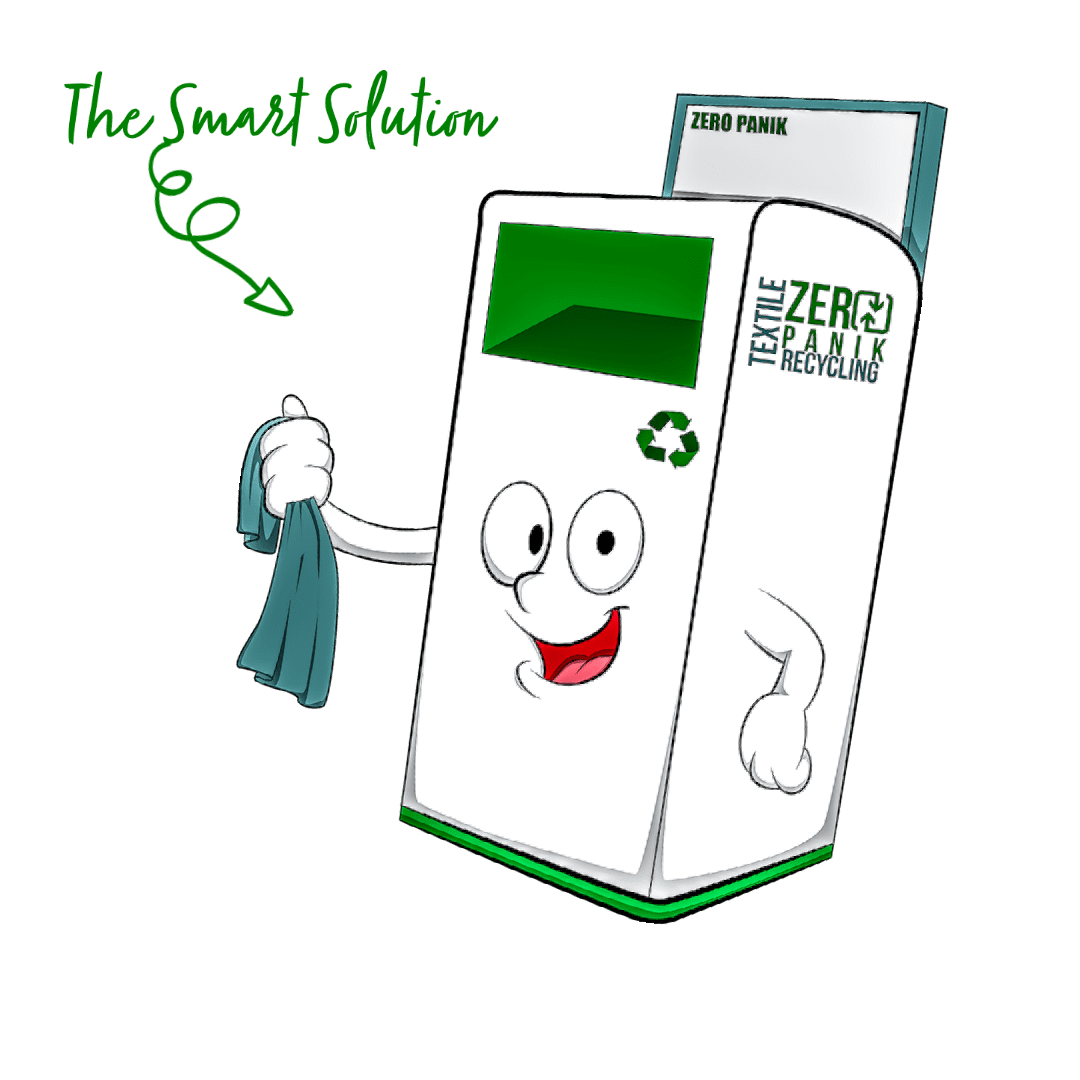The Unseen Thread of Waste
The global textile industry is a $1 trillion business, but it comes at a significant environmental cost. Explore the key figures that define the challenge of textile waste.
0%
of U.S. Landfilled MSW
In 2018, 11.3 million tons of textiles were sent to U.S. landfills, representing 7.7% of all Municipal Solid Waste landfilled.
0%
of Industrial Water Pollution
The World Bank estimates 17-20% comes from textile dyeing and treatment, releasing 72 toxic chemicals.
0%
of Used Textiles Are Recycled/Reused
In the U.S., only about 15% of used textiles are collected for reuse or recycling. Globally, less than 1% are recycled into new clothes.
Understanding the Waste Stream
Textile waste isn’t just one thing. It’s generated from the factory floor to our closets. Understanding its sources is the first step toward finding effective solutions.
Post-Industrial Waste
This waste accumulates during the manufacturing process itself. It includes everything from excess fibers spun into yarn, to the fabric scraps left on the cutting room floor after a pattern is made. While unseen by the consumer, it represents a significant volume of high-quality material that can often be easily recovered and recycled back into the production line.
Post-Consumer Waste
This is the majority of textile waste and comes from us—the consumers. It consists of discarded garments, towels, bed sheets, and other household items that have reached the end of their perceived life. This waste stream is more complex to handle due to the variety of materials, blends, and contaminants, but holds enormous potential for reuse and recycling.
The Life Cycle of a Garment: Cradle-to-Grave
Every piece of clothing has a story with significant environmental chapters. A Life Cycle Assessment (LCA) helps us understand the full impact. Click on each step below to learn more about its environmental footprint.
Raw Materials
Manufacturing
Consumer Use
End-of-Life
Select a stage above to see its environmental impact.
Raw Materials
This stage includes fiber production. For natural fibers like conventional cotton, impacts are immense: it requires significant land, water for irrigation (up to 26,700 liters per kg of fabric), fertilizers, and pesticides. For synthetic fibers like polyester, the impact comes from extracting non-renewable crude oil and the energy-intensive process to create polymers.
Processing & Manufacturing
Fibers are spun into yarn, and yarn is woven or knit into fabric. The most significant impacts occur during dyeing and finishing, which use vast amounts of water, energy, and a cocktail of chemicals. This stage is a primary source of industrial water pollution if effluent is not treated properly.
Consumer Use
This phase often carries the heaviest environmental burden. The energy and water consumed by washing machines and dryers over a garment’s lifetime can exceed that of its production. The use of detergents also adds to the chemical load in wastewater systems.
End-of-Life
After use, textiles are disposed of, reused, or recycled. Disposal in landfills is problematic: synthetics don’t decompose, and natural fibers release methane. Reuse extends a product’s life, while recycling recovers materials, reducing the need for virgin resources and closing the loop.
LCA Case Study: Cotton vs. Polyester
A Life Cycle Assessment (LCA) reveals surprising trade-offs. While cotton is natural, its cultivation is resource-intensive. Polyester, though oil-based, uses significantly less water in production. This chart compares the impact of producing 1kg of fabric.
The Innovation Hub: Crafting a Sustainable Future
The textile industry is responding to its environmental challenges with a wave of innovation, from rethinking production processes to pioneering new ways of recycling and managing chemicals.
The World of Recycled Fibers
Recycling is key to a circular textile economy. It diverts waste from landfills and reduces our reliance on virgin materials. The process generally involves sorting, shredding, and re-spinning fibers into new yarn.
Recycled Polyester (rPET)
Sourced from PET bottles and industrial waste. Saves 33-53% of the energy compared to virgin polyester but faces challenges with “downcycling” and potential release of antimony.
Recycled Cotton
Made from production remnants. Reduces the use of virgin cotton, water, and chemicals. Often blended to maintain strength.
Recycled Wool & Nylon
Sourced from old garments, fishing nets, and carpets. These processes save significant energy and natural resources.
The Path Forward
Creating a truly sustainable textile industry requires a multi-faceted approach. It demands stronger compliance from manufacturers, greater transparency from brands, and more conscious choices from consumers.
The Role of Brands and Compliance
Public pressure and watchdog reports have pushed major brands to take responsibility for their supply chains. Commitments like the “Detox Pledge” and participation in ZDHC are positive steps. True progress requires brands to move beyond policies on paper and actively enforce compliance, demand transparency, and invest in cleaner technologies alongside their suppliers.
The Power of the Consumer
As a consumer, your choices matter. Supporting brands that are transparent about their practices, asking questions about sustainability, properly caring for your clothes to extend their life, and choosing to reuse or recycle are all powerful actions. Being vigilant about “greenwashing”—misleading environmental claims—is also crucial. The future of fashion is one where sustainability is not a niche, but the standard.
